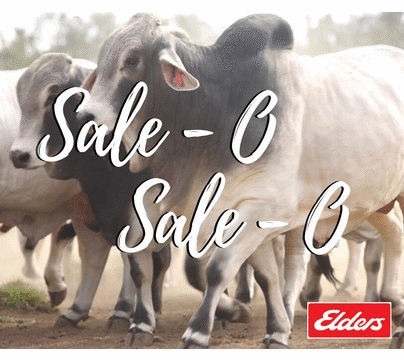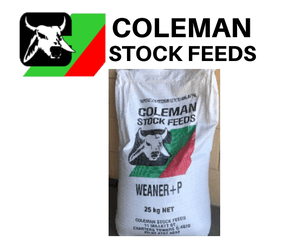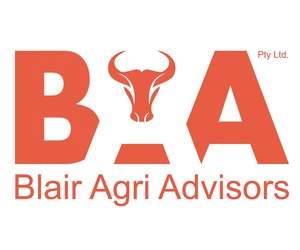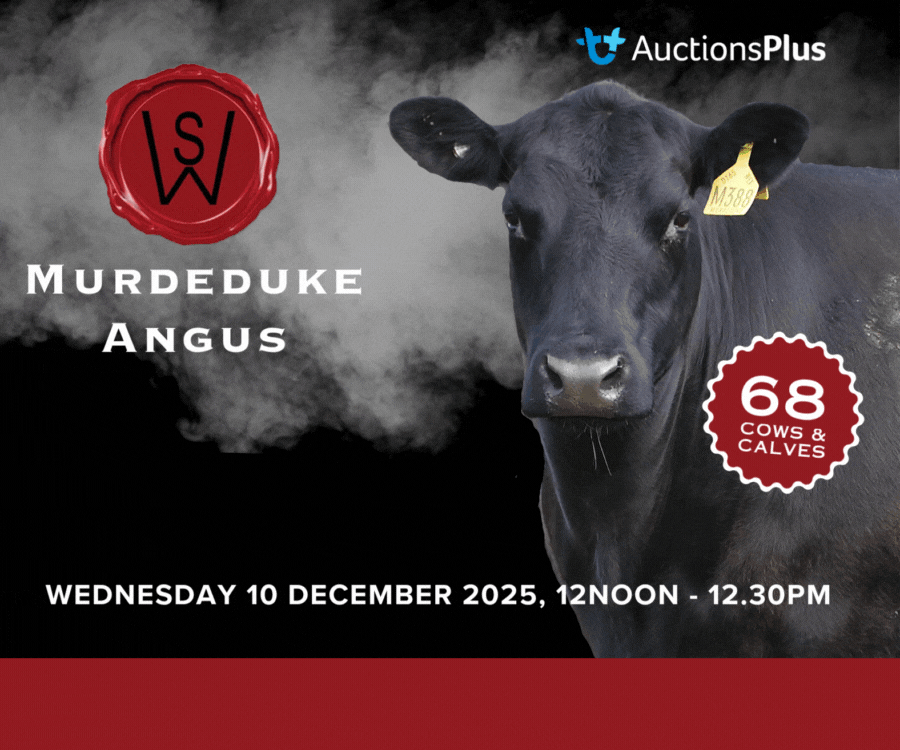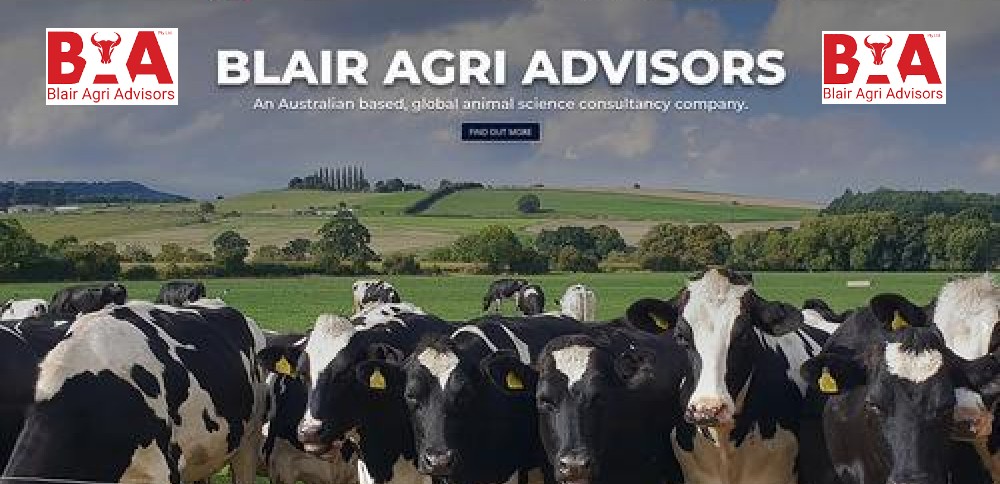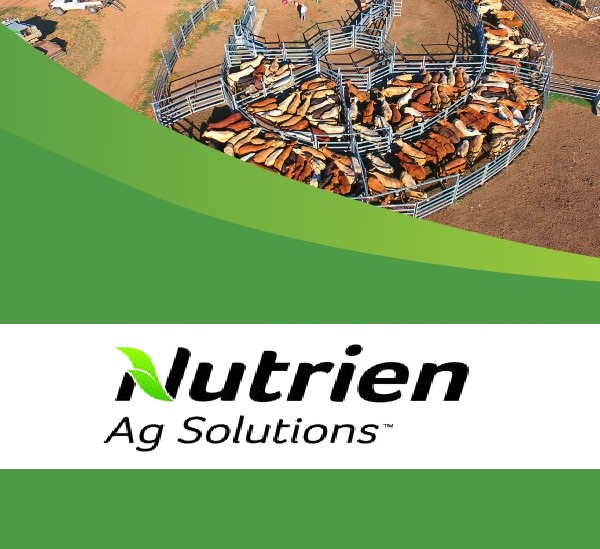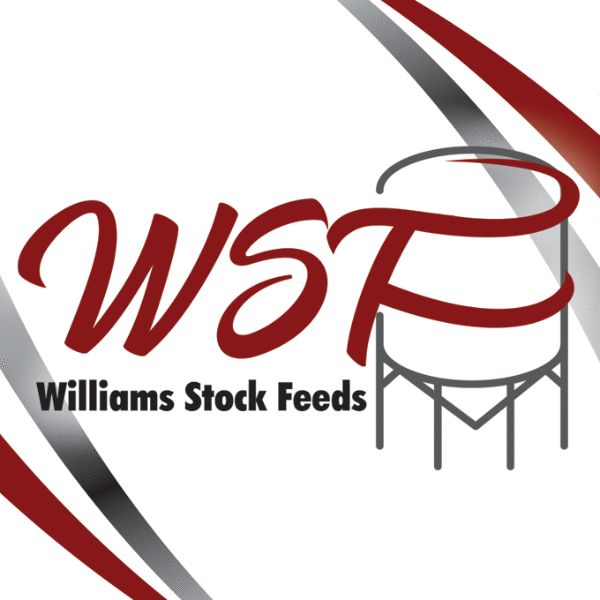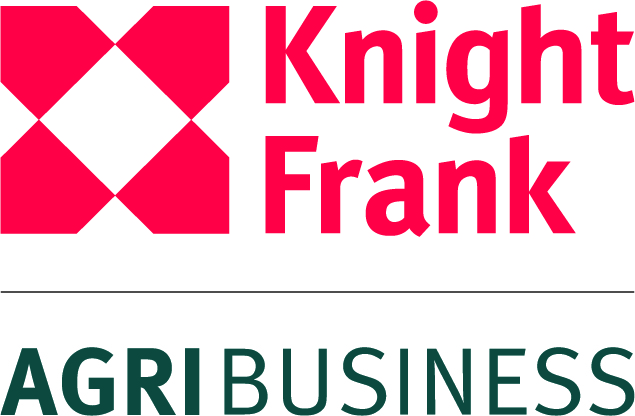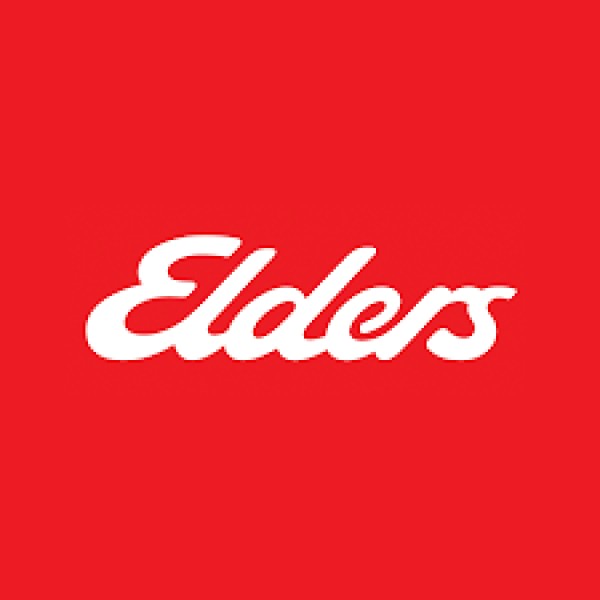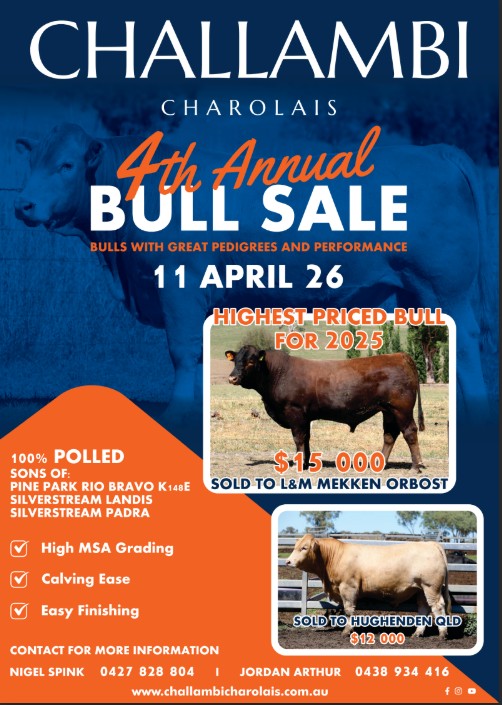BAA Water Soluble Package
This low labour, ease of use and safe delivery system has been developed over 40 years
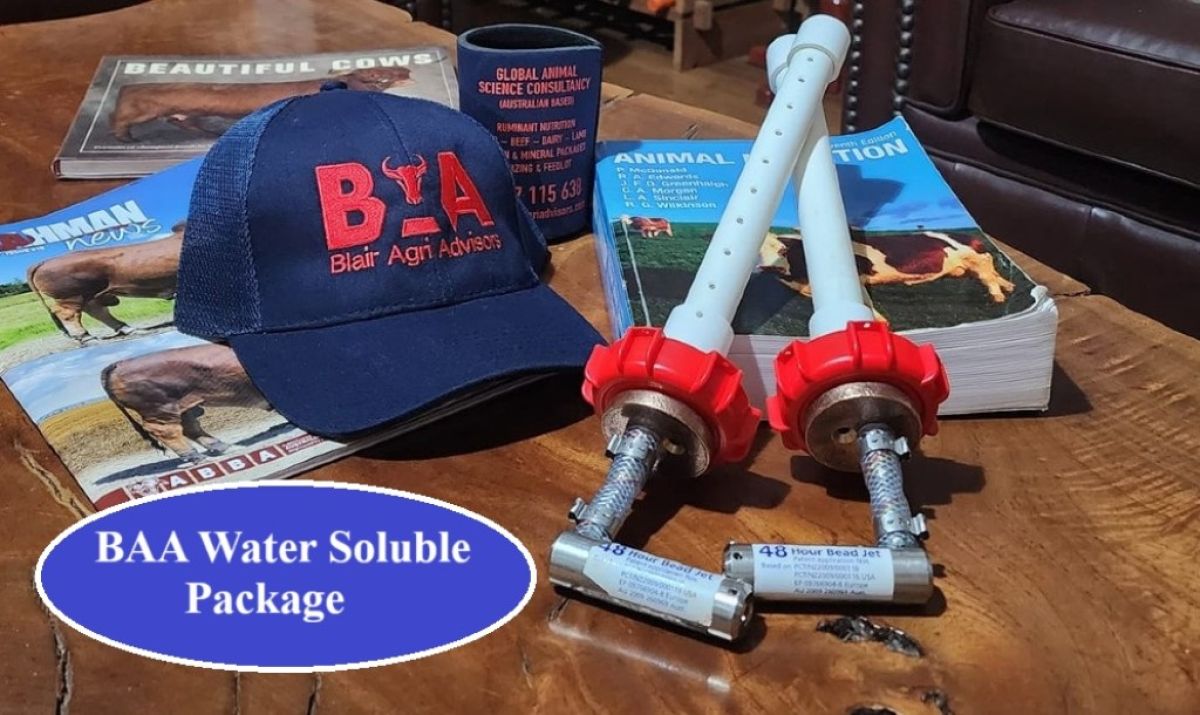
Our first small shipment of accurate individual animal dosing water dispensers (troughs or tanks) arrived today in Far North Queensland, for farm trials in Victoria, South Australia, New South Wales and Queensland (temperate & tropical).
This low labour, ease of use and safe delivery system has been developed over 40 years of R & D and is backed by a leading Agricultural University and Research Centre in NZ. The patented system will deliver a more accurate daily animal dose, regardless of water intake of animals on a daily basis.
A water delivery system must compensate for large intake fluctuations due to temperature, humidity and dry matter of the daily animal basal diet, preventing over-dosing during high intake days or under-dosing during low intake days.
This system accompanies our BAA Water Soluble Package, supplying crucial requirements of micro / trace minerals including copper, cobalt, iodine, manganese, zinc and selenium, and vitamins A, D3, E & B7 (Biotin) plus magnesium, sulfur, sodium and sugar.
The BAA Water Soluble Package is added dry, so you are not paying transport for 'water' and has been formulated at the correct levels and ratios within NRC / NASEM (National Research Council / National Academy Science Engineering Medicine) recommendations, and vitamin levels at the higher spectrum of OVN (Optimum Vitamin Nutrition). Globally recognised.
Full traceability, assured activity & stability will make this low cost per head/day option, attractive for many graziers and with a specific dose, there is no guessing, or hopefull target analysis; rather this is what will be exactly supplied in the calculated daily animal dose rate.
Looking forward to our development in cost effective ruminant nutrition that will boost the animal immune system thus lowering veterinary expenses and antibiotic use, drive production pathways with increased rumen development, rumen efficiency, fibre digestion, metabolic processes, build robust & strong hooves, promote skin / hide health and appearance (the largest organ) plus additional antioxidant supply to enhance reproductive health / fertility, and improve your overall herd health.
Follow the leader, backed by science and advanced by performance...
Click on facebook page
What are the common causes of bloat when feeding beef cattle?
Bloat in cattle, also known as ruminal tympany, is a condition characterized by an excessive accumulation of gas in the rumen. It is primarily caused by the inability of the animal to expel the accumulated gas, leading to distension of the rumen.
There are two main types of bloat in cattle:
Frothy Bloat or Feedlot Bloat: This is the most common type of bloat and occurs when the normal frothy contents of the rumen become thick and stable, preventing the release of gas.
Frothy bloat is typically associated with diets high in rapidly fermentable carbohydrates, such as lush legume pastures (e.g., clover or lucerne) or concentrate feed (grain). These carbohydrates form a stable foam in the rumen, trapping the gas and inhibiting its release.
Free-Gas Bloat: This type of bloat is caused by a physical obstruction that prevents the release of gas from the rumen. It can occur due to various factors, including esophageal blockage (e.g., due to foreign objects or tumors), mechanical blockage of the esophagus (e.g., due to tumors or abscesses), or physical abnormalities of the digestive tract. Some individual animals can be more prone to bloat than others and obviously efficient rumen function determines susceptibility to the incidence of bloat.
Other factors that can contribute to bloat include:
Grazing on certain types of forage: Cattle grazing on pastures with high levels of legumes, such as clover or lucerne, or highly fermentable forages and hay are more prone to frothy bloat.
Rapidly transitioning to lush pastures: When cattle are suddenly moved from a dry, low-quality forage diet (high NDF) to a high-quality, highly fermentable forage (such as fresh clover), their rumen microbes may not be adequately adjusted to the new feed, increasing the risk of bloat.
Feeding management: Overfeeding grain or finely ground feed can increase the likelihood of frothy bloat. Fine particles tend to form more stable foam in the rumen, although sudden feeding changes such as changing to 'hand feeding' from a self limiting feeder that the cattle had continual 24 hour access to, increase the likelihood of bloat further.
Their 'concentrate' feed is consumed in a much shorter period than previous (this can also precipitate acidosis if intakes increase lowering rumen pH levels below 5.8pH.
Other obvious management issues that create bloat are incorrect / limited or inconsistent trough space when hand feeding, this then allows for the dominant animals to over-consume feed; eating or stealing the allocated feed from the weaker or less dominant animals, especially when you don't oversee at feeding time.
Environmental factors: Wind, humidity, wet conditions, temperature changes, heat stress, time spent in the sun and seasonal daylight hours dramatically change cattle feeding behaviours and daily intakes.
Individual animal factors: Some animals may be more predisposed to bloat due to differences in rumen function, physical characteristics, genetic structure and oxidative stress.
This no doubt gives greater appreciation and credit to the value of a good feedlot manager or stud stock manager, and the importance of your or their ability to manage the nutritional requirements of the cattle and the expected performance outcomes and the physical, and nutritional structure of the diet you are feeding.
Click on Image for Blair Agri Advisors
